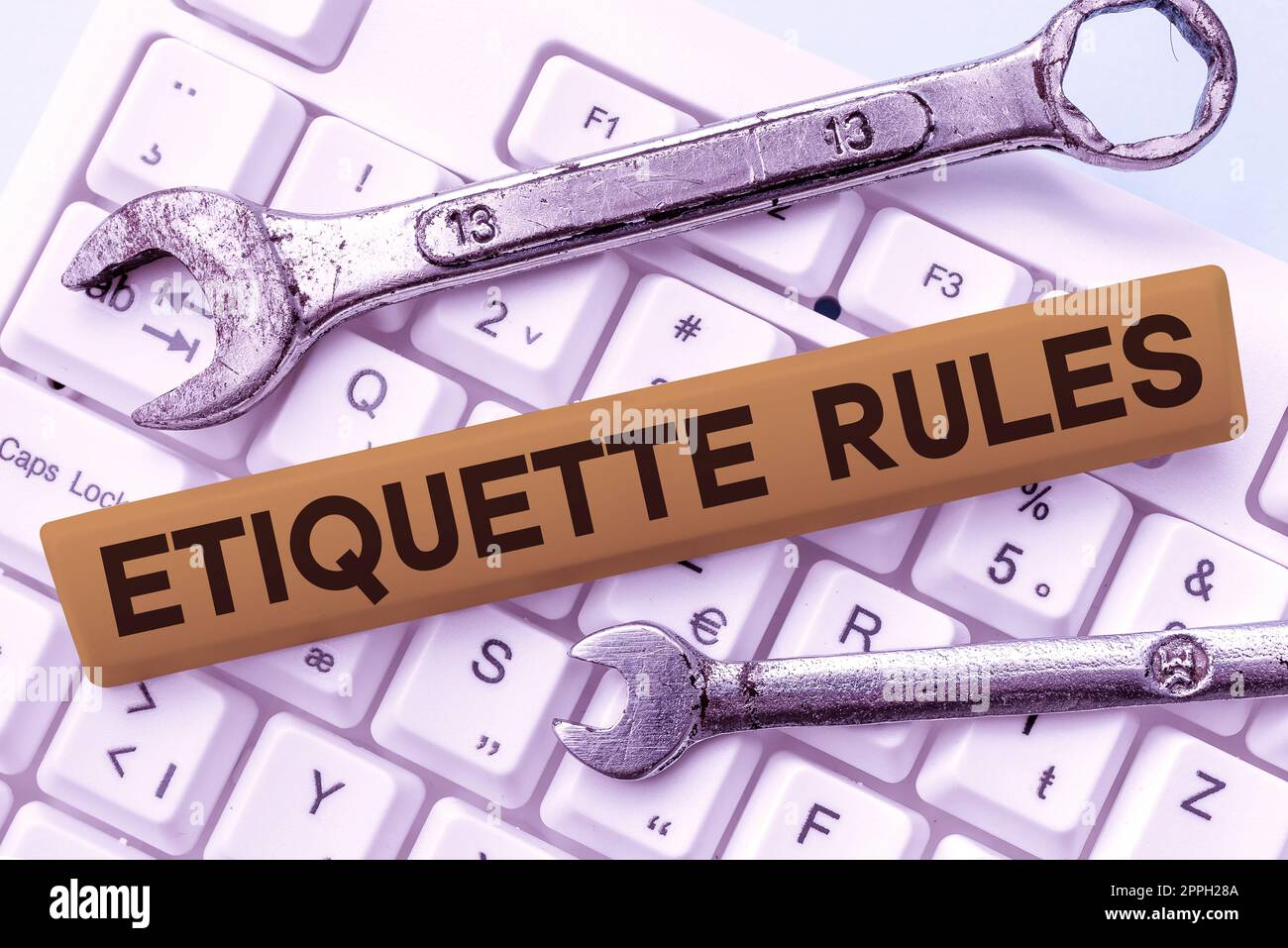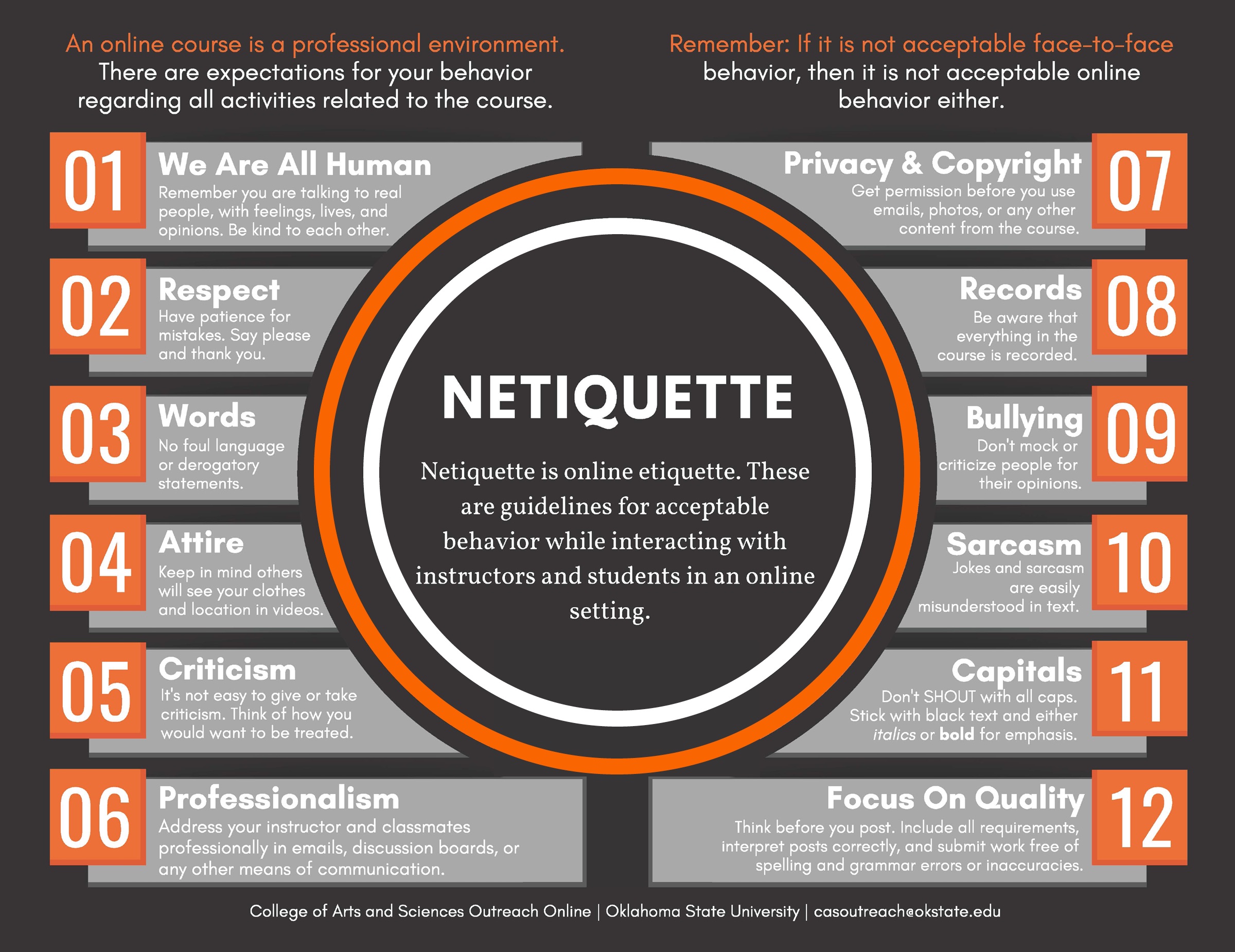10 golden rules of email etiquette
The other 10 tips will not help your etiquette but also make it look like you know what you’re doing out there. Hopefully, you can use these golf etiquette tips to have more fun, make new friends, and play better golf this year https://betsoft-software.com/.
If you make a divot (creating a crater in the ground with your club), either replace it or fill it with provided sand. Different courses have different rules depending on the type of turf (replace or fill). Also, if you make a pitch mark on the green with your approach shot, be sure to repair it with a tee or ball mark repair tool.
While losing your temper might look funny in the movies, don’t throw or break your clubs. Don’t swear after a bad shot. Don’t hack at the fairway or green in anger. Protect the course and practice good sportsmanship. Poor etiquette on the golf course won’t win laughs—it will guarantee that you play by yourself in the future. Bad behavior on the course can even lead to confrontation.
If you choose to drive one of the golf carts, obey the local cart path rules. Some golf courses don’t allow you to leave the cart paths, but even those that let you, most advise against it to protect the fairways. Know where the golf cart can drive, and remember the 90-degree rule. The 90-degree rule says to enter the fairway opposite the ball’s lie and exit back to the path at the same place. Don’t cruise up the fairway at full tilt.
In casual golf, Ready Golf has certainly become the custom, meaning that playing out of order is fine as long as you are not impeding another player. (Tradition has always been that the player farthest away from the hole go first, but that can often slow down play.) If you’re ready to hit, go for it. The one exception is on the tee when one of the players in your group has made birdie or eagle on the previous hole. In this case, it’s always preferable, even if that player isn’t ready, to say “birdie goes first,” at least making the offer.
Rules of etiquette
A common etiquette mistake is drinking when other people are toasting you. As the person being honored by the toast, simply enjoy the moment. Other people will lift their glass and toast to you, and you can acknowledge it with a smile, a slight bow of your head or an expression of gratitude, says Grotts.
The etiquette for how to speak in business settings can be tricky and vary depending on the setting and your career field, but becoming adept at it can be the difference between getting ahead … or not. The right business etiquette is to be polite, not go overboard with the technical lingo (but use it when appropriate), and always lead with a positive remark, says Sokolosky. Then you’ll always know what to say in an interview.

A common etiquette mistake is drinking when other people are toasting you. As the person being honored by the toast, simply enjoy the moment. Other people will lift their glass and toast to you, and you can acknowledge it with a smile, a slight bow of your head or an expression of gratitude, says Grotts.
The etiquette for how to speak in business settings can be tricky and vary depending on the setting and your career field, but becoming adept at it can be the difference between getting ahead … or not. The right business etiquette is to be polite, not go overboard with the technical lingo (but use it when appropriate), and always lead with a positive remark, says Sokolosky. Then you’ll always know what to say in an interview.
Our phones are constantly pinging notifications around the clock, and it can be stressful when so many people demand your attention. Proper etiquette doesn’t dictate that you answer every text immediately—how would we get anything done?—but you should answer within 24 hours, and within eight hours if it’s someone close to you, says Parker. Even a text that’s just a meme deserves at least an emoji reply if it’s a loved one, because they are trying to communicate with you.
Etiquette isn’t about old-fashioned politeness or outdated rules about opening doors and folding napkins (and it’s not always common sense). At its core, good etiquette is the oil that keeps society running smoothly. “What we call ‘good manners’ are really a list of agreed-upon social rules that let everyone know what to expect when interacting with others,” says Valerie Sokolosky, an etiquette expert and the author of Do It Right!, a comprehensive guide to modern etiquette. “Knowing these ground rules of good manners isn’t just about being polite—it’s about how to be kind and gracious in every situation.”
What are three basic rules of online etiquette (netiquette)
Another potential drawback of online communication is how easy it is to leave a negative comment if someone ruffles your feathers. Chat rooms can be particularly tempting. Swearing, starting flame wars, or posting comments that you know will cause controversy is just poor netiquette.
Don’t forward information sent to you without checking with the original sender first; doing this behind their back can create mistrust if they find out. This includes copying and pasting texts or sending screenshots.
Remote workers should generally follow the same kind of chat and email etiquette that they would if they worked in an office environment. That means being punctual and timely in your responses, using polite greetings and formats in your messages to others, and keeping a formal tone across your interactions.

Another potential drawback of online communication is how easy it is to leave a negative comment if someone ruffles your feathers. Chat rooms can be particularly tempting. Swearing, starting flame wars, or posting comments that you know will cause controversy is just poor netiquette.
Don’t forward information sent to you without checking with the original sender first; doing this behind their back can create mistrust if they find out. This includes copying and pasting texts or sending screenshots.
Remote workers should generally follow the same kind of chat and email etiquette that they would if they worked in an office environment. That means being punctual and timely in your responses, using polite greetings and formats in your messages to others, and keeping a formal tone across your interactions.

No responses yet